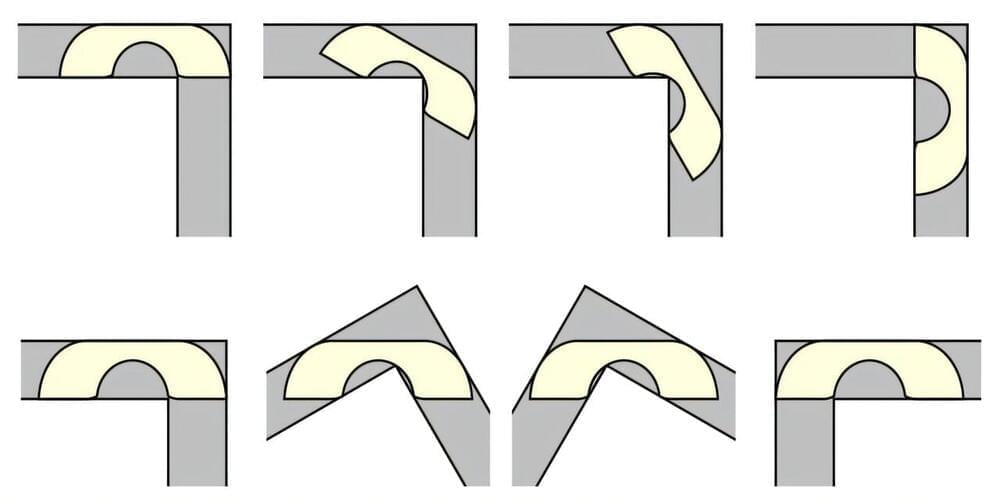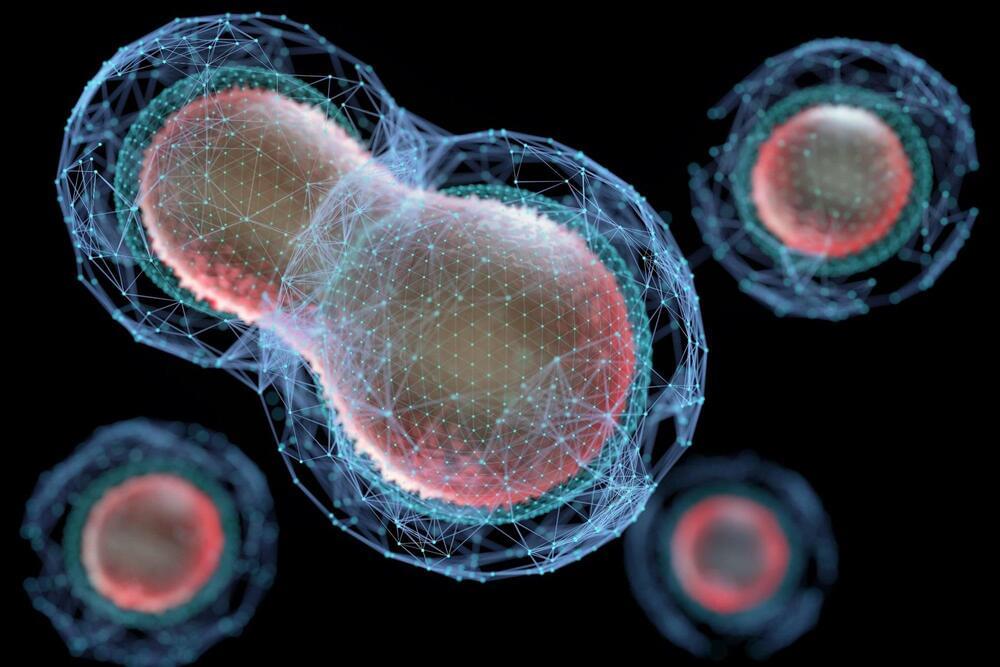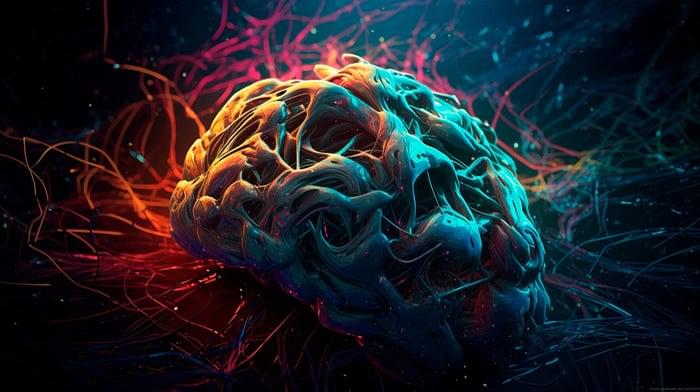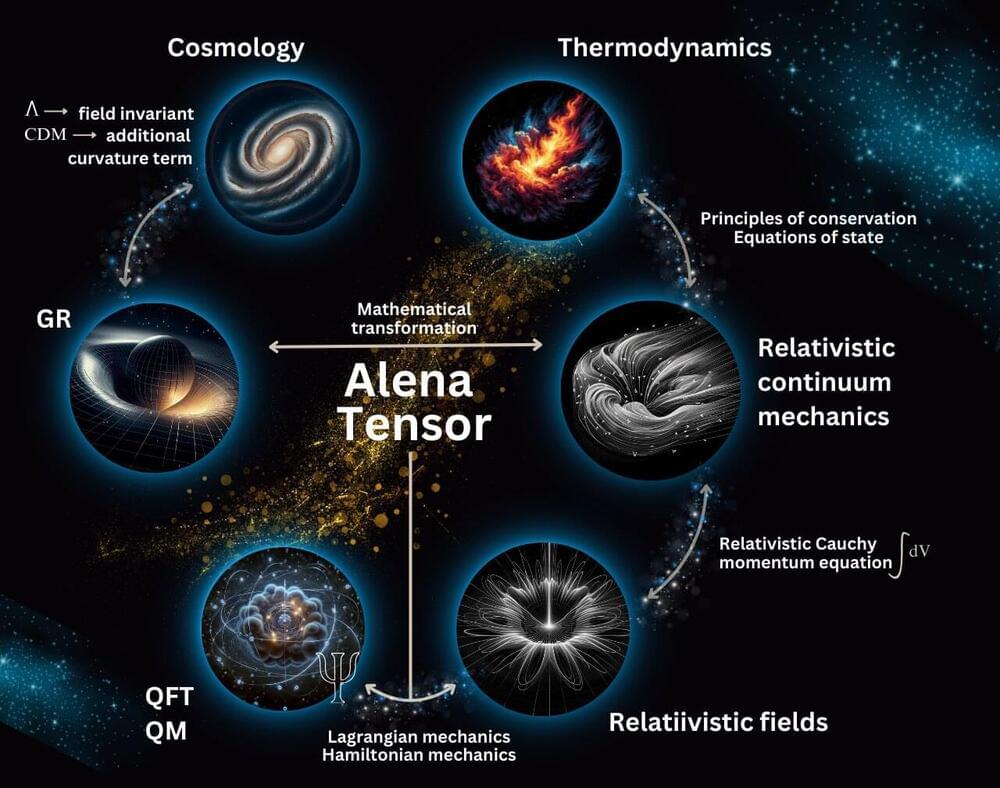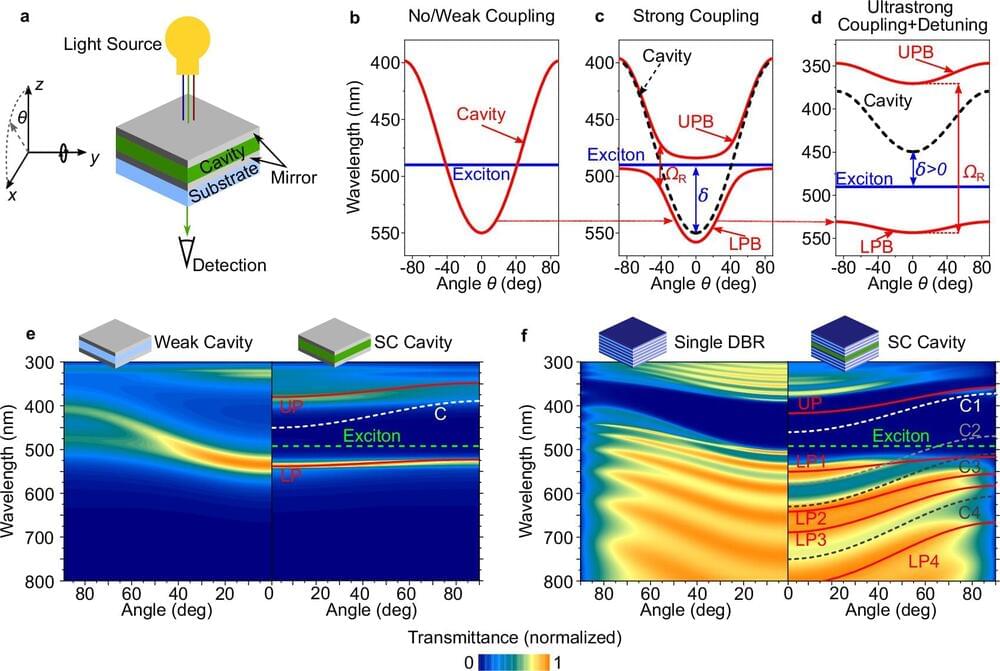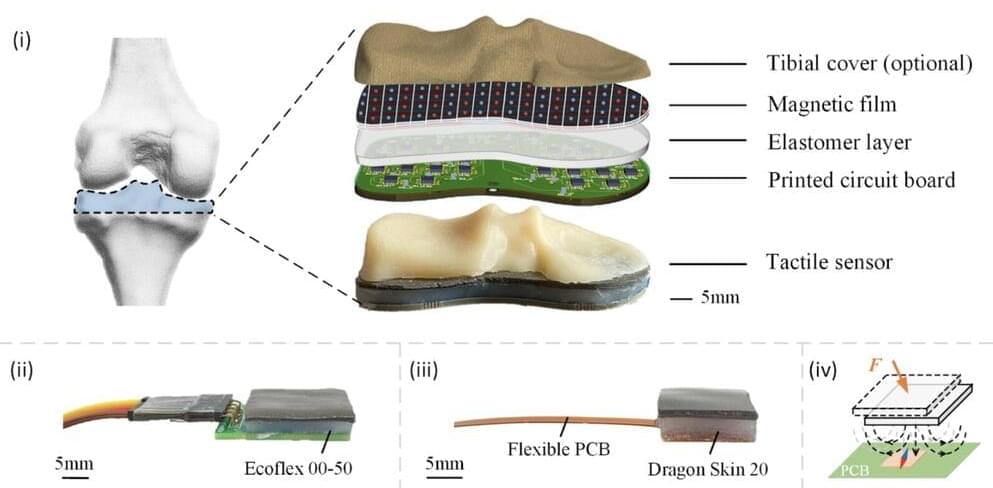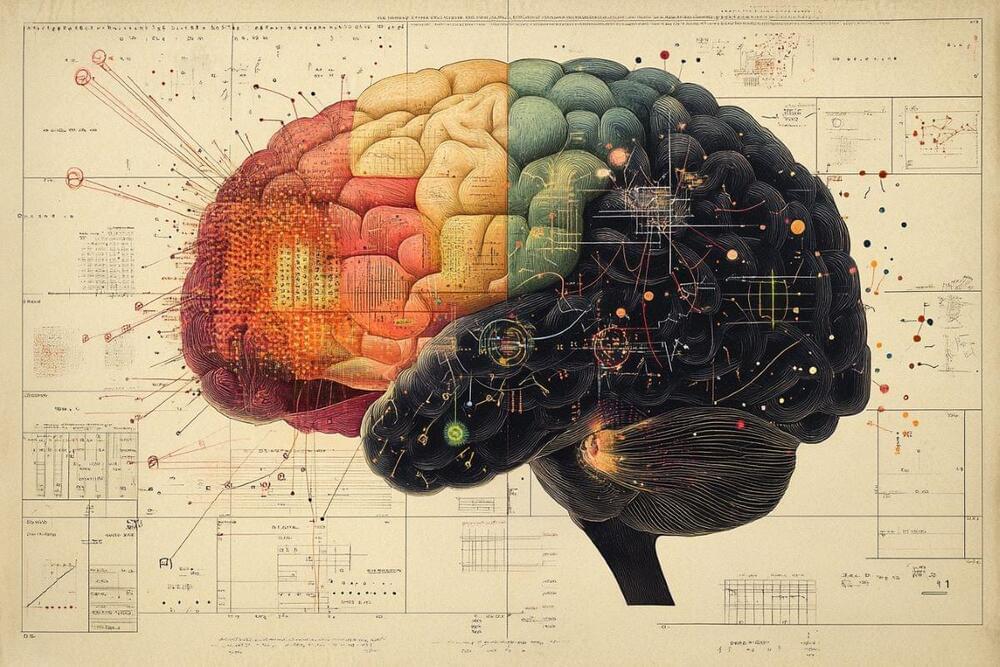Dec 12, 2024
Mathematician solves the moving sofa problem
Posted by Saúl Morales Rodriguéz in category: mathematics
A mathematician at Yonsei University, in Korea, claims to have solved the moving sofa problem. Jineon Baek has posted a 100+-page proof of the problem on the arXiv preprint server.
Most people who have moved their place of residence have encountered the moving sofa problem—it comes up when attempting to carry a couch around a corner. What is the largest couch that can be carried around a given corner without getting stuck? This problem was posited mathematically by mathematician Leo Moser back in 1966, and until now, has remained unsolved.
Moser’s initial thoughts centered on the possibility of developing a proof showing how mathematics could be used to solve any such problem using a given shape of a plane as it was moved around a right-angled corner of an empty space (such as a hallway) that was one unit in width.
